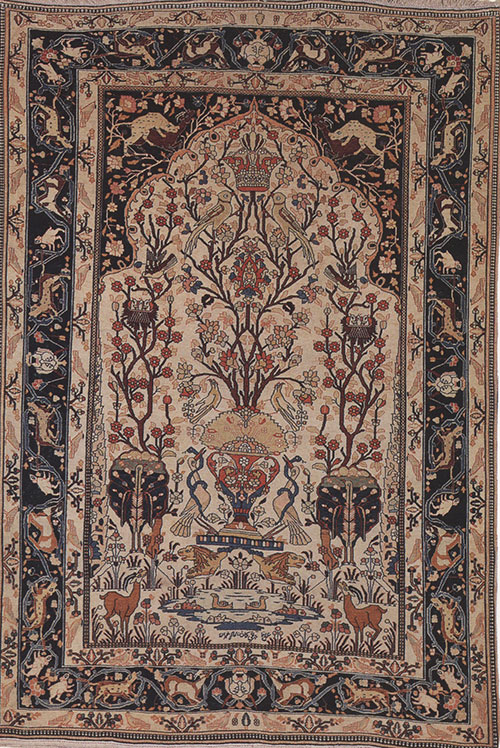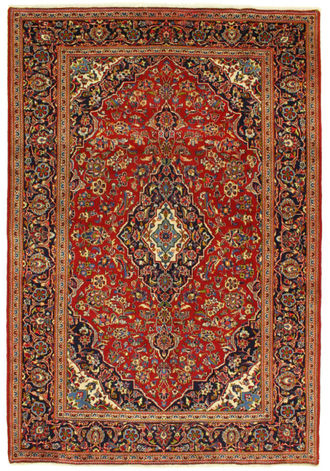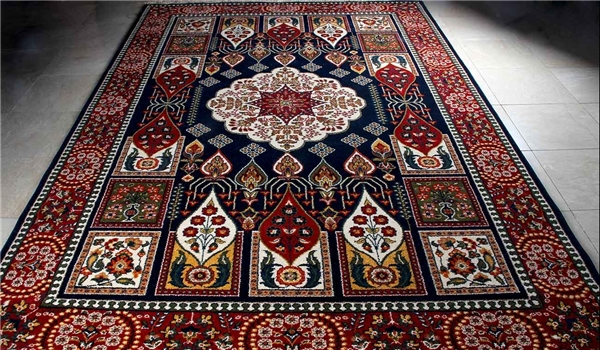
Introduction to Dyeing:
Dyeing means impregnating fibers with colored materials or in other
words dyeing means fixing a colored material on the surface desired. This can be
done both by hand and by machine. The colors used can be in the form of powder,
solution, paste or crystal. The art of dyeing is to apply the appropriate color
to the desired background and to other surfaces or adjacent colors and to work
in such a way that the paint is obtained against abrasion and washing of
chemicals such as acid, base and solvents, and sunlight, heat, Dust and ...
uniform and with maximum resistance. Dye and dyeing play an important role in
providing a good carpet. Applying natural dyes to dyeing fibers has
traditionally been a valuable profession in carpet weaving. Raw material dyeing
may be performed in two species at two times.
1. Dyeing before spinning
2. Yarn dyeing dyeing
There are various ways to dye fibers or yarn. Using the same method and
simple means and obtaining a desirable and remarkable color resultant consistent
with light, washing, etc. demonstrates the mastery of the work and
useful experience of the dyeers. Tips to consider when
dyeing are:
1. Use clean containers for dyeing.
2. Colors are sensitive to air and light and containers and should therefore be
used as soon as they are prepared.
3. Water Most parts of Iran contain calcium, magnesium and organic matter. These
minerals are not suitable for dyeing and cause discoloration or discoloration.
Therefore, the water used in dyeing should be free of this type of
salt.
4. Dye slowly for a specified period of time and paint coats float in
the bath to fix the color on the fibers.
5. The amount of wool in the dye bath and the amount of dye and the amount of
time spent on it should be specified and recorded on paper or paper.
6. After dyeing, the fibers or coats should be washed and finally dried.
7. Select the amount of color and tooth used proportionally.


